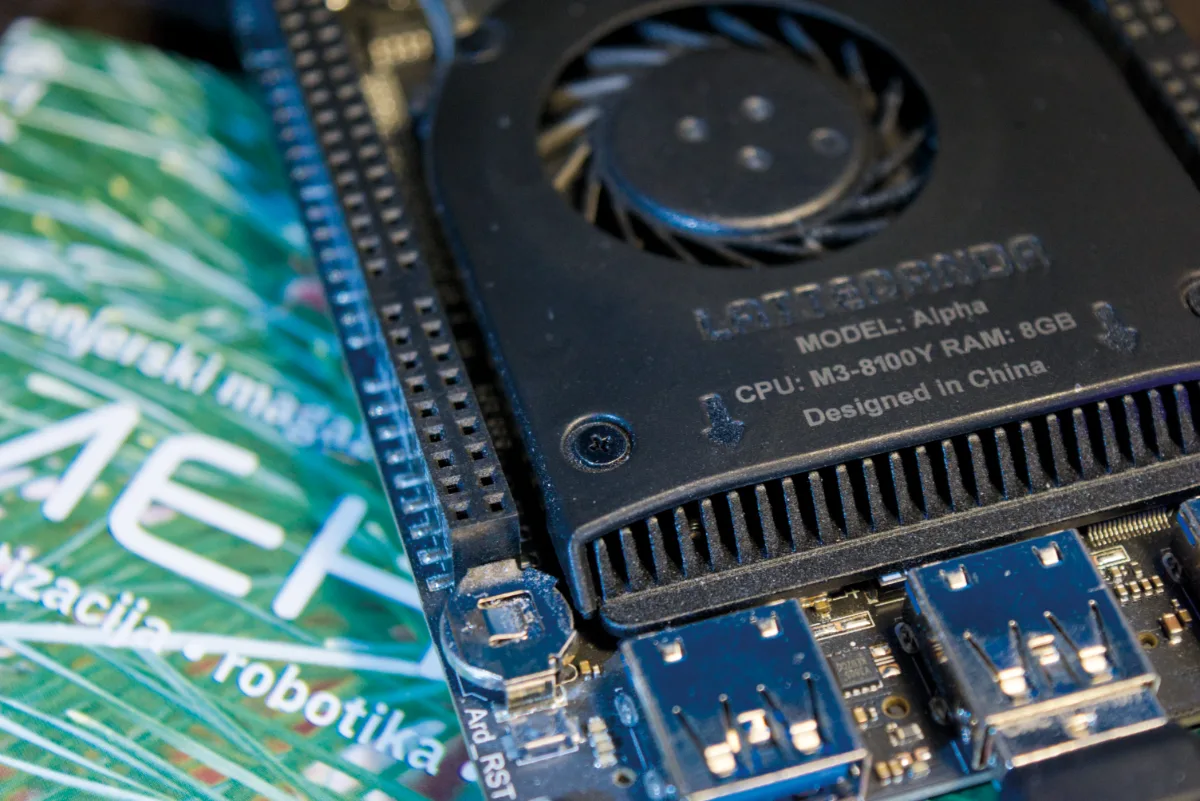LattePanda Alpha864s
The Alpha864s falls among the most powerful SBCs on the market - and is one of the rare x86-based ones on the market. Its powerful performance and tiny form factor might be necessary for some projects, but its high starting price might prove too hard to swallow.
Pros
- Extremly fast CPU
- Two M.2 slots
- Built-in Arduino Leonardo
Cons
- Expensive for an SBC
- No support for Windows 11
Continuing our series on single-board computers, we’ve come across a new contender on the market. LattePanda is not a new name in this field, with the original LattePanda debuting way back in 2016. Since then, the brand made a name for itself by being the first x86-based commercially available single-board computer. This time, we’re taking a look at the flagship offering from the company, the LattePanda Alpha 864s, a tiny, powerful, albeit somewhat expensive offering from DFRobot.
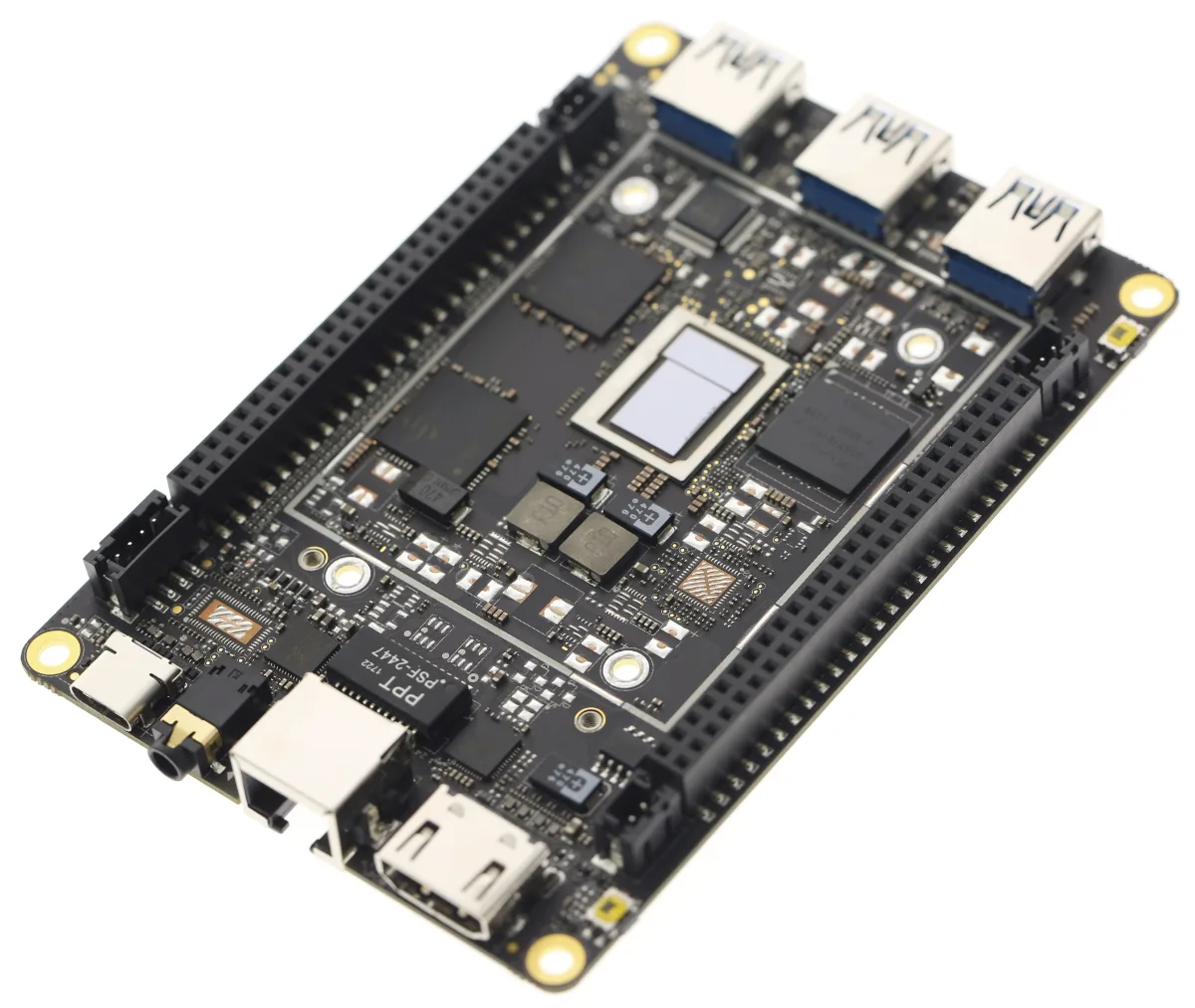
We would like to thank DFRobot for sponsoring this review and sending us a review unit. Our opinions are our own and unbiased and are not in any way influenced by any third party.

The LattePanda Alpha lineup (including its lesser Delta sibling) started off as a Kickstarter campaign in 2017, materializing in 2018 as the first generation of the device. A refreshed design in 2019 brought upon several changes, mainly an upgrade from a 7th generation Core m3-7y30 CPU to a newer, 8th generation Core m3-8100y and a step back in the RAM department going from dual to single channel memory, but still retaining 8GB of LPDDR3 it. We find this change justified, as the price of the device has not changed after the refresh. Intel’s newer silicon costs significantly more than its older iterations, so other cost-cutting measures had to be implemented. Thankfully, the intended applications for this SBC are all CPU-heavy, rather than RAM-heavy, thus this change should, in theory, almost universally positively impact performance.
It’s also worth noting that the current LattePanda lineup offers two main variants – the LattePanda Alpha, with the aforementioned specifications, starting at $379, and the LattePanda Delta, with an Intel Celeron N4100 processor and 4GB of LPDDR4 RAM, starting at $188. The LattePanda Alpha further comes in two variants, the 800s and the 864s, the only difference being the presence of 64GB of eMMC flash storage on-board on the latter. You can also pick up the Alpha with Windows 10 Pro pre-installed.
Upon first boot-up, we’ve been greeted by the familiar Windows 10 interface (with a little bit of LattePanda branding) – a welcome change from the previous SBCs we’ve spent time with. This already puts the LattePanda at a significant advantage – our biggest gripe with most SBCs is their use of ARM processors. While they can be, and certainly are, sufficiently powerful, they lack the software selection and general system support to even come close to traditional x86 systems. We’re all aboard the ARM train, but its time to shine in more traditional desktop systems has just not come yet. Any day now. Any day.
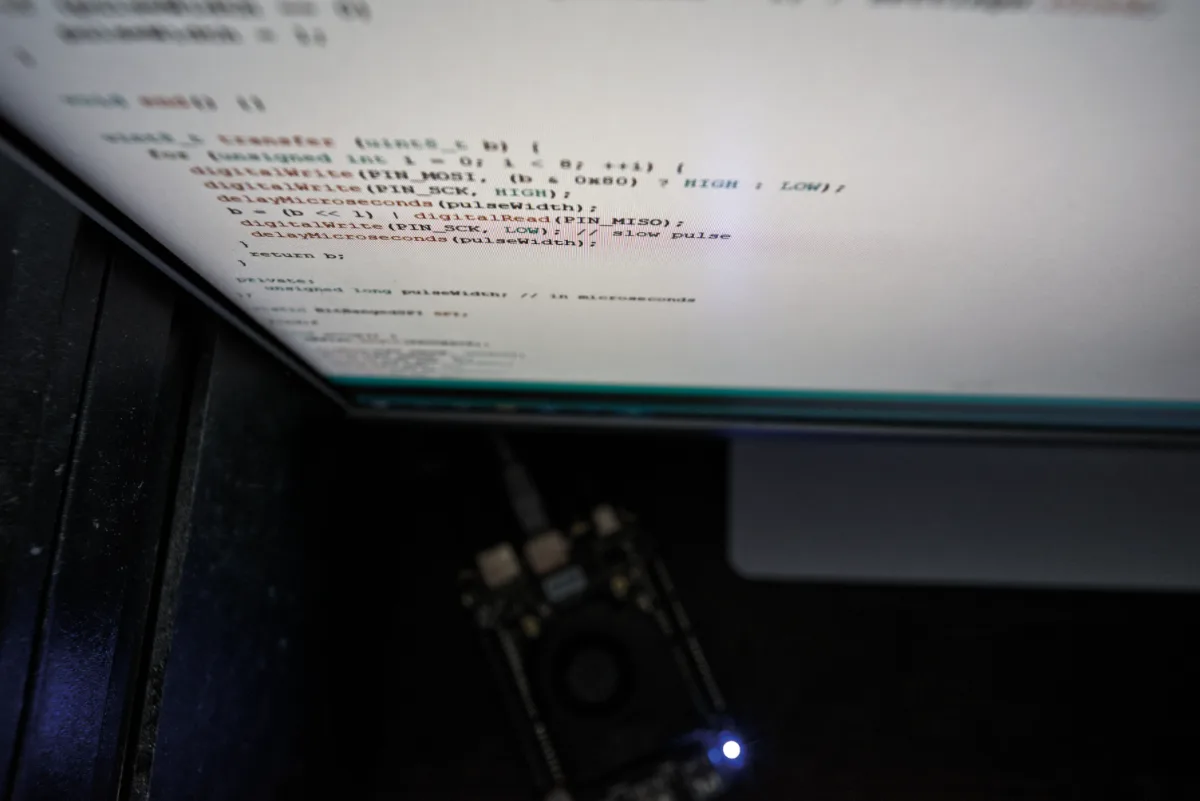
Windows 10 is the OS of the industry, and while Linux is good enough (and preferred) for most computer science uses, there is a lot of production control software that simply isn’t present on it, let alone on ARM architectures (a lot of industry-standard programming software isn’t available for ARM devices – what even IS available for ARM – not considering semi-stable beta releases)? Oh – and did we mention – the LattePanda also runs Linux like a champ, for that one piece of software that needs it – and it supports dual-booting thanks to a standard, white-on-blue BIOS.
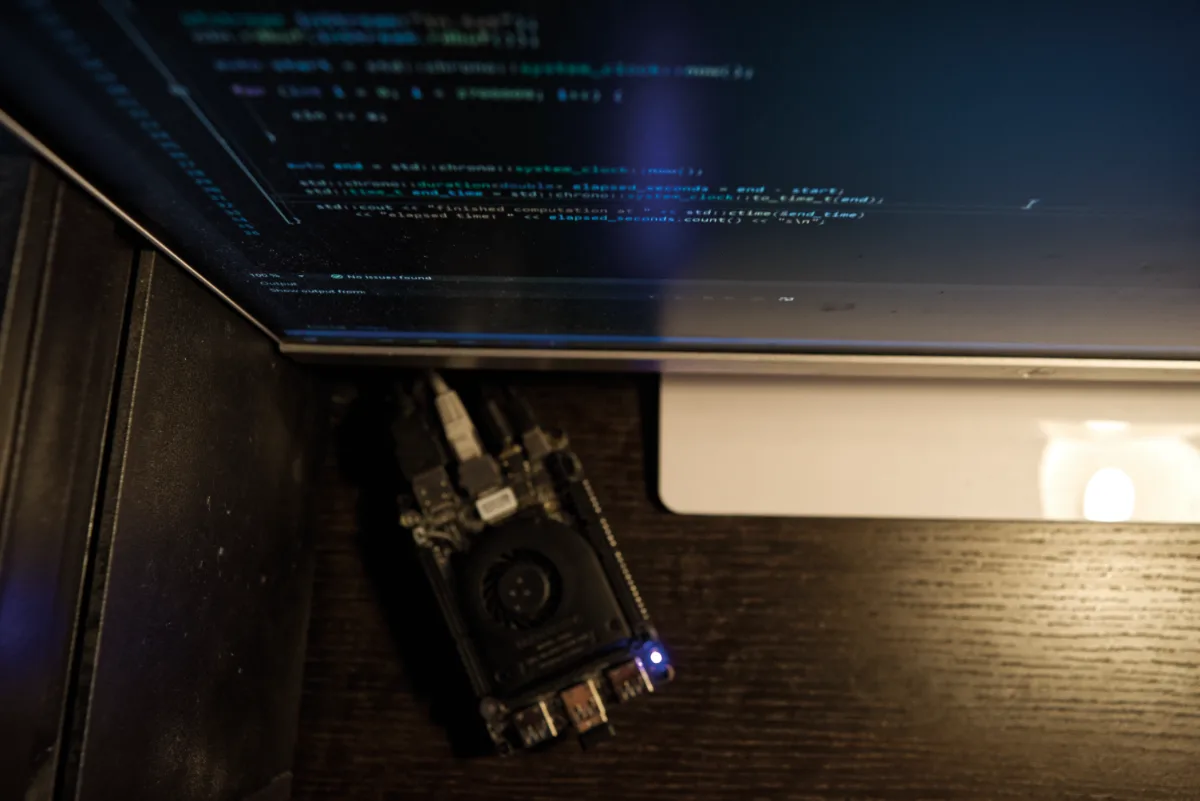
Now, we’ve went on long enough about how exciting this SBC lineup is, offering a breath of fresh air in the field that has long been needed. Let’s get around to what you actually get on-board and what it offers in real use.
The Alpha 864s comes with a Core m3-8100y chipset with Intel’s own integrated UHD610 graphics, together with 8GB of LPDDR3 single-channel RAM and 64GB of onboard eMMC storage. It also features three on-board USB 3.0 ports, an HDMI output that supports up to 4K. It also sports a USB Type-C connector, supporting DisplayPort (and a second display), as well as power delivery (PD). There’s also Gigabit Ethernet and a standard 3.5mm headphone jack. On the bottom there’s an SD card slot, a touchscreen ribbon cable interface (more display goodness!) and two M.2 ports – one key E and one key M. The key M interface is especially exciting, as it means that the LattePanda can utilize NVMe SSDs, for storage expansion and extremely fast read/write speeds. This also enables the SBC to accept PCIe x4 peripherals with the proper adapter, including, but not limited to, GPUs. After a bit of testing around with two different SSDs, and a tiny bit of playing around with BIOS, we’ve got the system to boot up. After that, it was smooth sailing, with an amazingly responsive user experience. The board also offers the WiFi 802.11 AC standard on both 2.4GHz and 5GHz, as well as dual-band Bluetooth 4.2 on-board, with the use of two antennas included in the box. We’d much rather see a PCB antenna, like on the Raspberry Pi 4, but at least no additional accessory is required for radio use, unlike with some other competitors. The official power supply also ships with the board.

Now comes the main bit. This SBC has a built-in Arduino Leonardo (sporting an industry-standard ATmega32u4), for real time task control. This is hugely beneficial, as other systems, such as the Raspberry Pi cannot be fully trusted with precise timing controls due to their lack of a dedicated MCU. This MCU is not the most capable of the lot, but it’s more than enough for most, if not all general purpose tasks. The board breaks out 20 GPIO pins, of which 12 support analog inputs, and 7 support PWM outputs. Paired by serial communication with the main processor, you get one mighty and versatile combination of computing power and real-time data capture.

The timing precision is what you’d expect from an ATmega MCU – it’s reliable, down to nanoseconds. While this is a 16 MHz chipset, the real accuracy limit is imposed by the Arduino software – which generally supports millisecond-level precision. The Arduino bootloader and libraries give up at higher speeds – leading to unstable GPIO refresh above 3 kHZ.
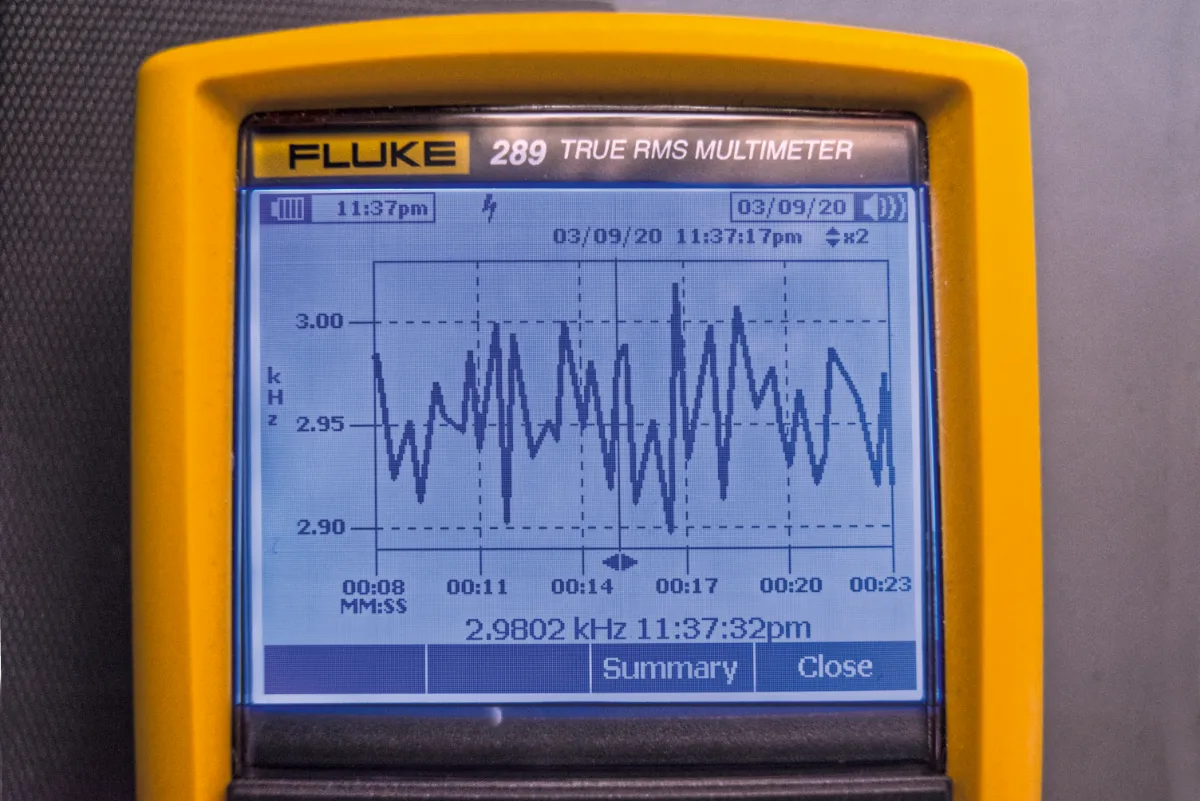
Running in parallel along the sides of the board are two two-pin wide female headers. Among these pins you can find the Arduino headers, as well as an additional USB 2.0 interface, an RS232 interface, various ground reference points, as well as an array of I2S, I2C, UART and SPI communication interfaces. There’s also a few pins for controlling the CPU state externally, as well as a 12V DC connector header, for freeing up the USB-C port normally used for power delivery.

The general user experience with the Windows 10 system has been the best one on any SBC we’ve ever had the chance to use, with benchmark scores being higher than many commercially sold laptops and ultrabooks. It’s also completely free from any bloatware, which is a welcome sight. We’ve compared the Alpha to two benchmark systems we have in the office.
Their specifications are as follows:
System A – i7-8700K, nVidia GeForce RTX2070, 32GB DDR4 RAM,
and System B – i5-8265U, Intel UHD620, 8GB DDR4 RAM.
The benchmarks we used are all web-based, and test the CPU and GPU performance. We’ve used Chrome version 80.0.3987.137 on all the systems, running Windows 10. As we can see, the Panda falls a bit short compared to the other two, but still earns a respectable amount of points overall. While trying out Visual Studio 2019, we’ve written a short C++ benchmark that tests std::cin performance from a single file containing 2.7 million 4-digit integers. Compared to our reference i7-8700k system, which completed the task in 6.2s, the little board did surprisingly well, taking up just 9.3s to complete the task. This is not an apples-to-apples comparison, and our benchmark is for illustrative purposes only, but it should demonstrate the fact that even in a high-level language, such as C++, this board managed handling over 270.000 data objects per second, being on par with many current desktops.
We shouldn’t even have to mention that all standard computer tasks, such as browsing, editing documents, programming, or even photo and video editing run relatively smoothly, with no major slowdowns or issues we could complain about. It’s certainly on level with the standard desktop experience that we’re used to everyday.
Like we mentioned before, it’s also possible to use a discrete graphics card by using an adapter and the M.2 key M slot. While we haven’t tested this ourselves, there is potential for much better graphics performance, and even serious 3D modeling or advanced machine learning and neural networks applications – keeping in mind that most modern GPU cards are designed for 16-lane PCIe slots, as compared to the 4 lanes that the Alpha has, and that you probably won’t be getting anywhere near the pixel-pushing power your GPU has to offer.
Another important thing to mention is the thermal performance – and it’s great. Some other SBCs we’ve seen so far have really struggled to dissipate the sheer amount of heat their SoCs produce, but the LattePanda, with its sleek fan that’s integrated into the design, keeps the temperatures at bay, even under full workloads, and even if the chip is overclocked. This fan is also pretty much completely silent and the firmware uses it sparsely (there’s a setting in BIOS you can change to edit its behaviour). It’s also removable, if the heatsink-and-fan combo adds too much bulk, or you need different cooling options.
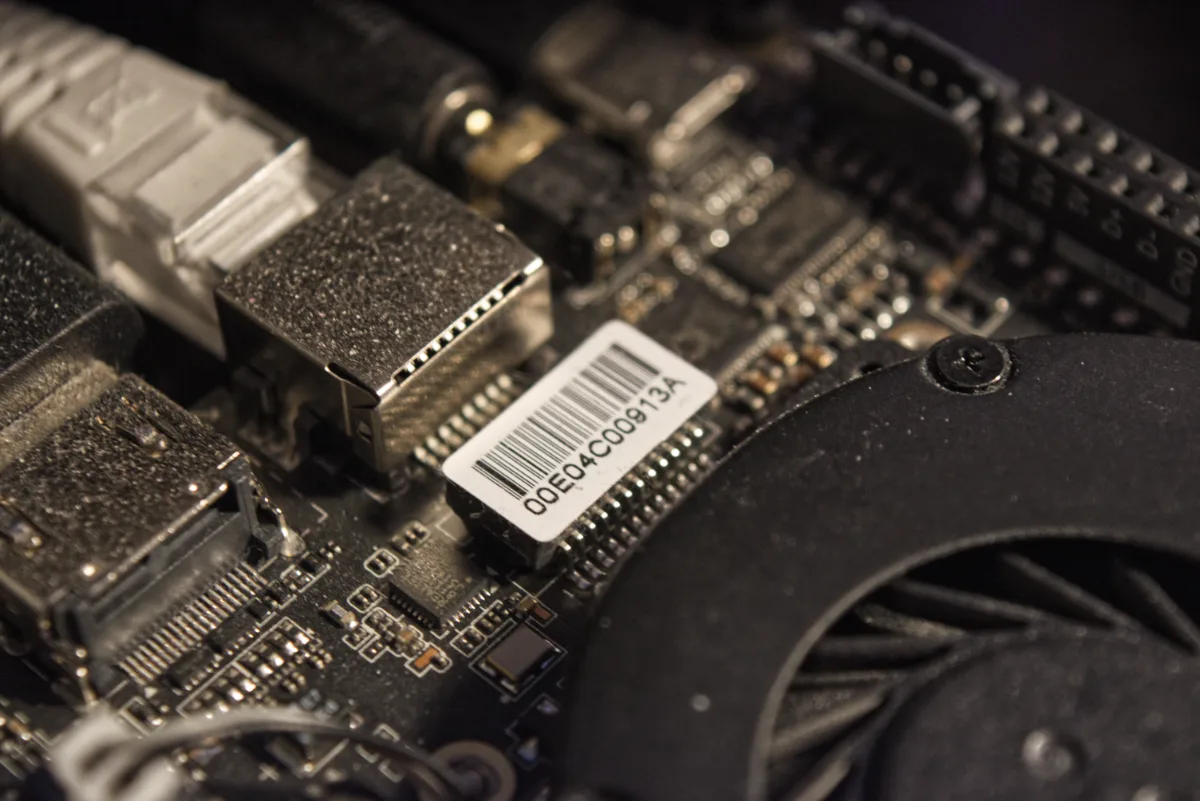
So where does this tiny, little, powerful SBC fall into and who is it for? It’s perfect for daily desktop usage in locations where space is a luxury. It’s perfect for controlling machines that directly accept 5V TTL logic levels, and where timing is paramount. It’s perfect for machine learning tasks where full Windows software support is needed. We believe it would be a perfect fit to be used in industry for controlling devices such as CNC machines and laser cutters. The LattePanda is also perfect to be used as a central controller for IoT devices, due to on-board Bluetooth and WiFi support, and the extremely powerful hardware. The only practical drawback is its price, which at $449, for the top-end model we’ve received (add to that the $99 we’ve spent on an SSD) already crosses deep into laptop territory. We still believe that the upgradability of this machine, along with the open access to various interfaces not commonly found on any Windows machine make it worth our recommendation.
It’s time to stop looking at SBCs as gadgets, and start looking at them as fully-fledged computers, with open hardware that’s easy to access and tap into, and the LattePanda Alpha 864s certainly validates that concept.
More information: https://www.lattepanda.com/products/lattepanda-alpha-864s.html


